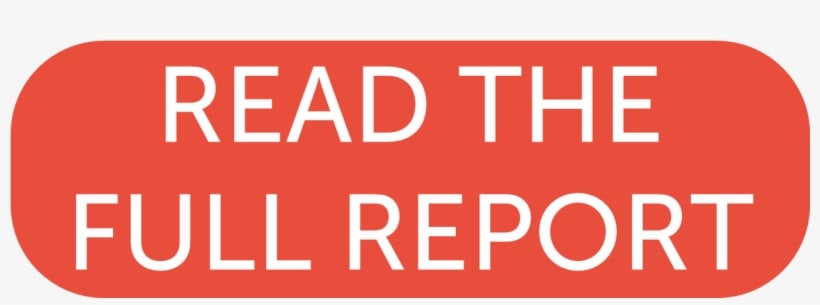By BLANCA BEGERT, WES VENTEICHER and ALEX NIEVES
WATER PRICE LINE RISING: Who could forget last May, when Arizona, California and Nevada made a three-year pact to conserve water from the Colorado River? Many thought it couldn’t be done, but with Lake Mead reservoir levels at a historic low, and the federal government poised to wrest control of the process, the states agreed to conserve 10 percent of their water — nearly a billion gallons — between now and 2026.
The deal, greased by an unusually wet winter, was made possible by $1.2 billion in funding from the Inflation Reduction Act that would pay water users to conserve. But those payments, whose contracts are being finalized, may come with a heavy toll over how much the feds are prepared to shell out.
A new investigation from POLITICO shows that much of the water states agreed to save under new federally-funded contracts was already accounted for under cheaper, pre-existing agreements. The new contracts are based on prior deals that incentivize similar practices like fallowing fields or using water-efficient sprinklers; the only difference is Uncle Sam pays significantly more. That price hike could set an even higher bar for future water conservation.



















